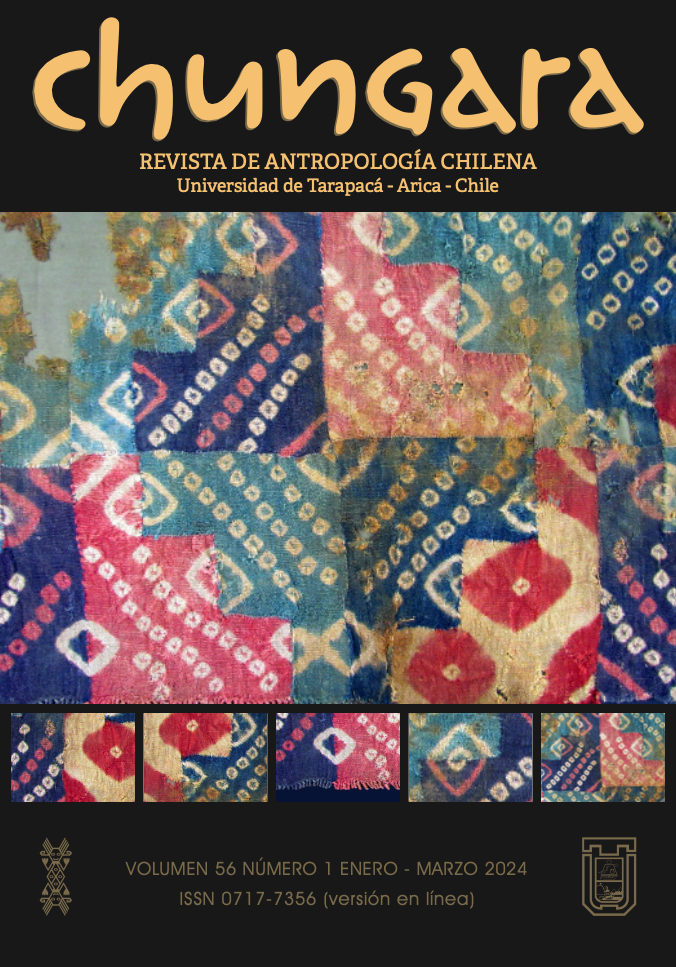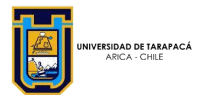MICROMORPHOLOGICAL ANALYSES FOR THE RECONSTRUCTION OF ACTIVITIES IN THE MARANGA-LIMA ARCHITECTURAL COMPLEX
ANÁLISIS MICROMORFOLÓGICOS PARA LA RECONSTRUCCIÓN DE ACTIVIDADES EN EL COMPLEJO ARQUITECTÓNICO DE MARANGA-LIMA
Rafael Vega Centeno and Carol Lang
We present the first results of micromorphological analyses conducted on four samples extracted from occupational floors of the Maranga-Lima urban complex (AD 350-780). Results reveal evidence of activity areas that involved firing events, with the presence of carbonized material and organic elements (particularly bone and shell). In addition, we recovered evidence of possible floor matting due to the concentration of non-carbonized grass phytoliths. Thus, this study notes the potential of micromorphological analyses for the reconstruction of activity areas in urban spaces that are usually found to be “clean” from a macroscopic perspective.







